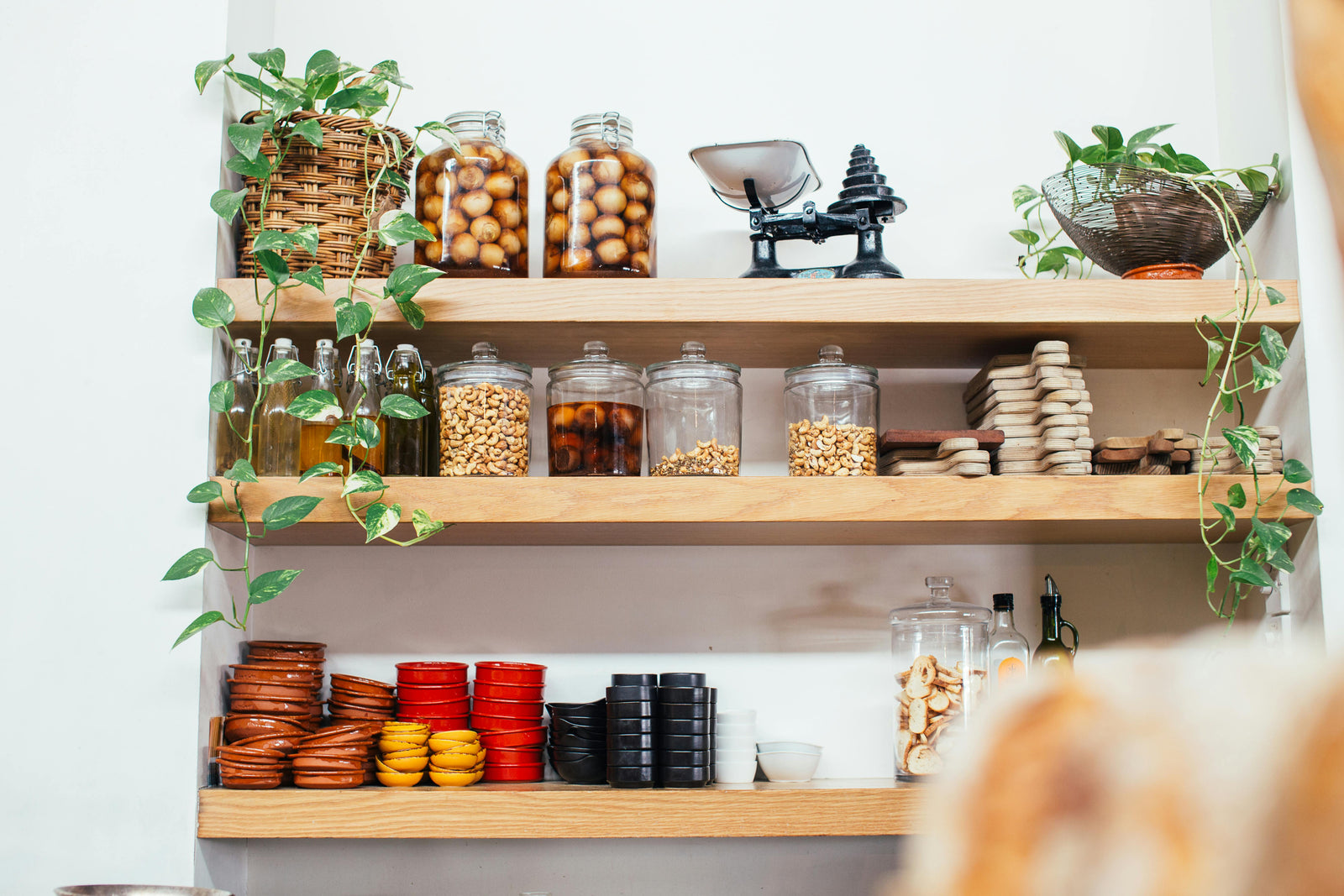In today's fast-paced world, ensuring the longevity of your food supply is not just a matter of convenience but also a practical necessity. Canning foods for long-term storage is a time-tested method that not only preserves the freshness and flavor of your favorite fruits and vegetables but also ensures they remain readily available whenever you need them. In this comprehensive guide, we'll walk you through the step-by-step process of canning foods at home, along with some expert tips to optimize your results.

Understanding the Basics of Canning:
Canning is the process of preserving food by sealing it in airtight containers and heating it to destroy any microorganisms that can cause spoilage. There are two primary methods of canning: water bath canning and pressure canning.
-
Water Bath Canning: Water bath canning is suitable for high-acid foods like fruits, tomatoes, and pickles. The process involves submerging sealed jars in boiling water for a specified period, which kills bacteria and creates a vacuum seal.
-
Pressure Canning: Pressure canning is necessary for low-acid foods such as meats, poultry, and most vegetables. This method requires a specialized pressure canner to achieve the high temperatures needed to eliminate harmful bacteria like Clostridium botulinum.
Step-by-Step Guide to Canning Foods:
-
Gather Your Supplies: You'll need canning jars, lids, bands, a canning pot or pressure canner, a jar lifter, canning funnel, and other basic kitchen utensils.
-
Prepare Your Ingredients: Wash and chop your fruits or vegetables, following specific recipes for the type of food you're canning.
-
Sterilize Your Equipment: Ensure your jars, lids, and utensils are thoroughly cleaned and sterilized to prevent contamination.
-
Pack the Jars: Fill the sterilized jars with your prepared ingredients, leaving appropriate headspace as specified in your recipe.
-
Add Liquid or Syrup: Depending on the recipe, you may need to add liquid such as water, syrup, or brine to the jars before sealing.
-
Secure the Lids: Wipe the jar rims clean, place the lids on top, and screw on the bands until fingertip tight.
-
Process the Jars: Follow the processing time and method (water bath or pressure canning) recommended for your specific recipe.
-
Cool and Store: Once processed, remove the jars from the canner and let them cool on a clean towel. Check for proper seals before storing them in a cool, dark place.
Expert Tips for Successful Canning:
- Use fresh, high-quality ingredients for the best results.
- Follow tested and approved recipes from reliable sources to ensure safety.
- Invest in quality canning equipment to make the process easier and more efficient.
- Label your canned goods with the date and contents for easy identification.
- Regularly inspect your canned foods for signs of spoilage and discard any that appear compromised.
By mastering the art of canning, you can enjoy the taste of summer's bounty all year round while reducing food waste and saving money in the process. With a little practice and the right techniques, you'll be well on your way to creating a well-stocked pantry that's bursting with flavor and nutrition.
For more in-depth information on canning techniques and recipes, be sure to check out these helpful resources:
Happy canning from Boldly Free American!

